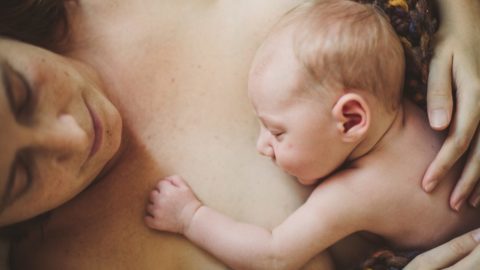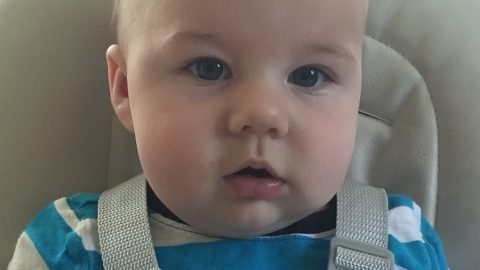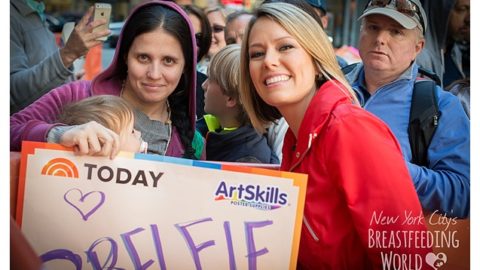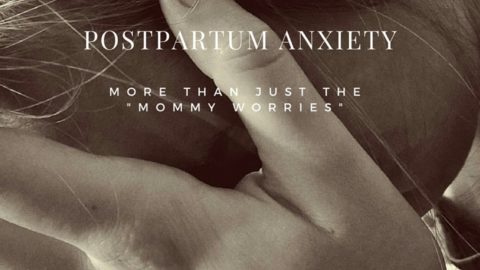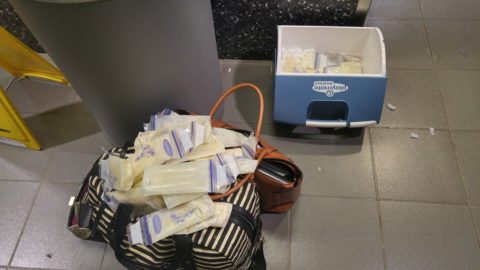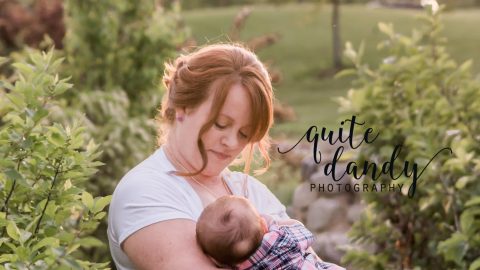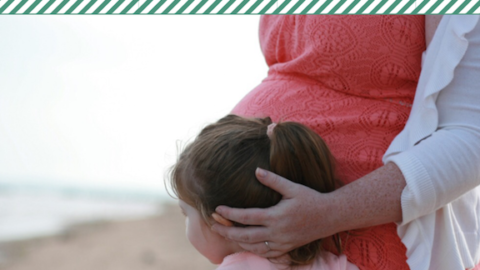Many mothers informally share their pumped milk with other women who need breastmilk for their babies. The formal channel of obtaining donated breastmilk is through a milk bank accredited by the Human Milk Banking Association of America. As the umbrella organization for non-profit donor milk banks, HMBANA sets and enforces research-based guidelines and provides communication between the milk banks to ensure that there is always an adequate supply of milk.
Human Milk Banking started in Austria in 1909!
HMBANA was started in 1985, but formal milk banking has a much longer history. While wet nursing was a common historical practice, the push toward “hygienic” health care practices in the western world led to the development of milk banks in the early 1900’s as a more medically friendly way of delivering human milk to babies who needed it. The first milk bank was started in Vienna, Austria in 1909, and in 1919 banks opened in Boston and Germany. The Dionne quintuplets of Quebec, Canada were some of the early famous recipients of donor milk, receiving over 8,000 ounces of milk in the 1930’s.

Amid the AIDS crisis of the mid 1980’s, HMBANA was formed to create rigorous standards for milk banking and protect the dwindling number of banks. Over the last 30 years, milk banking has flourished, with 24 banks in operation across North America and 5 more in development. While supplies are concentrated towards premature infants in hospital NICU’s, milk banks also serve babies living at home with medical conditions and occasionally healthy babies who have been adopted or are otherwise unable to receive their mother’s milk.
In 2015 approximately 552,761 ounces of milk were dispensed!
Mothers interested in donating to a milk bank must meet several requirements, including donating a minimum of 100 ounces and free from most medications or supplements. If a mother meets the requirements, the milk bank handles any shipping and screening costs. In 2015, the number of donors increased by over 100, and 552,761 ounces of milk were dispensed!
Donating pumped milk to a milk bank can be one way of connecting with the larger community of mothers and babies. If you or a nursing mother you know are interested in formal milk donation, check out https://www.hmbana.org/locations to find the location closest to you!
Information adapted from www.hmbana.org
Have you ever donated Breastmilk to a milk bank? What was your experience? We’d love to hear about it! Drop us a comment below!
Be sure to join us in our social media accounts to be up to date with the progress of our project!
And… Don’t forget to share your brelfies using our HT #BreastfeedingWorld
–
Adara is a speech-language pathologist and IBCLC currently living in Philadelphia. She is a proud alumna of New York University as well as the University of North Carolina at Chapel Hill. Adara seeks to use her clinical background in pediatric feeding and swallowing disorders to complement her lactation training, in order to better serve families who are experiencing difficulty during breastfeeding. She also has an specific interest in improving visibility and support for breastfeeding among women of color.




